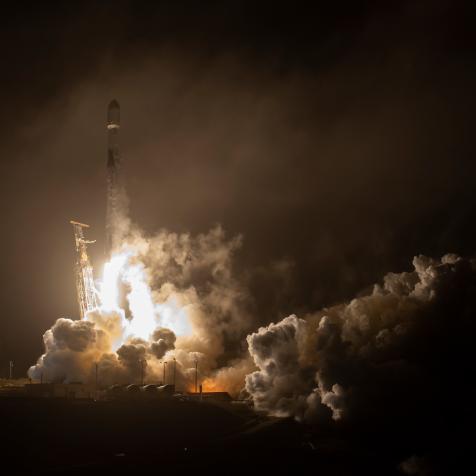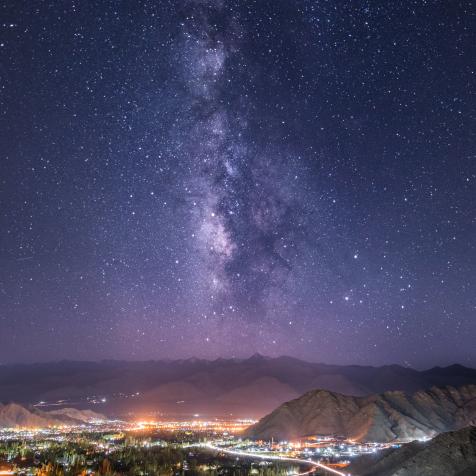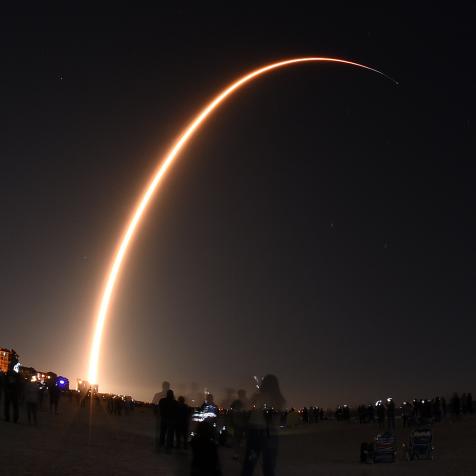
Drew Feustel
Space Debris Reaches Critical Levels Threatening Future Science
NASA calculates more than 27,000 pieces of debris are tracked by the Department of Defense, but most are too small for sensors to be effective. Even tiny pieces like metal bolts or microscopic paint flakes are a hazard to satellites and space missions because they orbit the planet at speeds up to 17,500 miles per hour.
The International Space Station (ISS) and much of the space industry operate in low Earth orbit at altitudes between 150km (90 miles) and 2,000km (1,200 miles). Collisions are an ever-present danger. Early on Monday 15 November 2021, the ISS crew was told to prepare escape capsules as fragments from a destroyed satellite were racing toward the station.
International Space Station (ISS)
It was not the first time space station crew were warned about space debris. But it was a disturbing event, triggered by the Russian military destroying one of its own satellites with a missile. Nations criticized Russia for endangering the ISS and the US called for a ban on anti-satellite missile tests.
More than 1,500 fragments were created when Russia’s Cosmos 1408 disintegrated, joining almost 10,000 metric tons of objects now orbiting the planet. Given the rapid growth in man-made objects, scientists have urgently called for low Earth orbit to be treated as another of Earth’s precious ecosystems.
Space junk threatens working satellites that provide transport, communications, and environmental monitoring on Earth. But plans to launch tens if not hundreds of thousands of satellites in mega-constellations to provide broadband and other services, like SpaceX Starlink, make space even more congested and collisions more likely.
More satellites are being launched than ever before as smaller satellites, CubeSats and nanosats, make space technology more affordable. But the European Space Agency (ESA) says not enough is removed from orbit once they stop working, behavior it says is unsustainable.
Launches were up by 44 percent in 2021 compared to the previous year. Almost $280 billion was generated in the commercial satellite business, according to the Satellite Industry Association. And the rapid acceleration will cause more space debris without new rules to keep pollution down.
Astronomers have also noticed that Starlink satellites obscure vital efforts to track asteroids that might collide with Earth. Accounting for man-made objects is becoming increasingly difficult, but if we don’t act soon on space junk it could trap us on Earth say, experts.
Kessler Syndrome is an effect where space collisions and debris become so numerous that launches become impossible. Clean-up efforts need to match launch activity, but so far progress has been slow. Dedicated satellites and CubeSats are being built to gather debris, and NASA is looking at firing focused pulses of atmospheric gas to destroy objects.
Removal is gearing up so space agencies and companies need to build in post-mission disposal to any launch, says the ESA. The United Nations now has guidelines on space junk and making the space industry more sustainable in the long term, including ensuring old satellites are sent into higher ‘graveyard’ orbits or nudged downwards to burn up on re-entry.


















